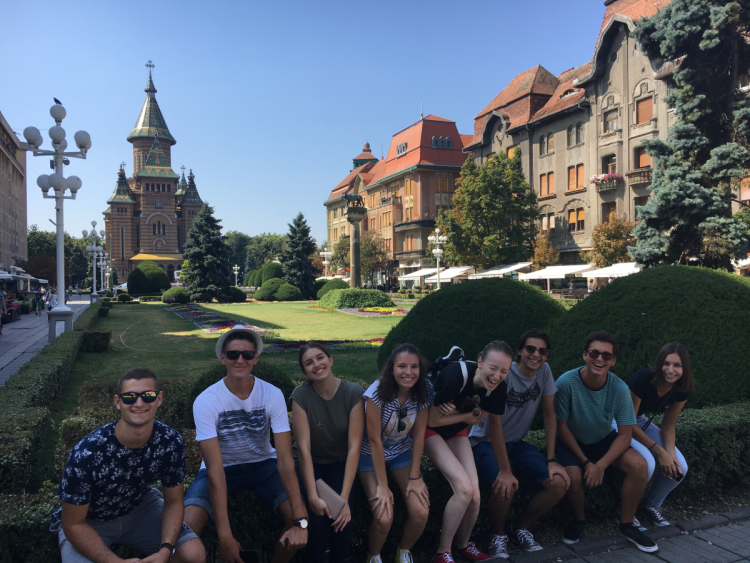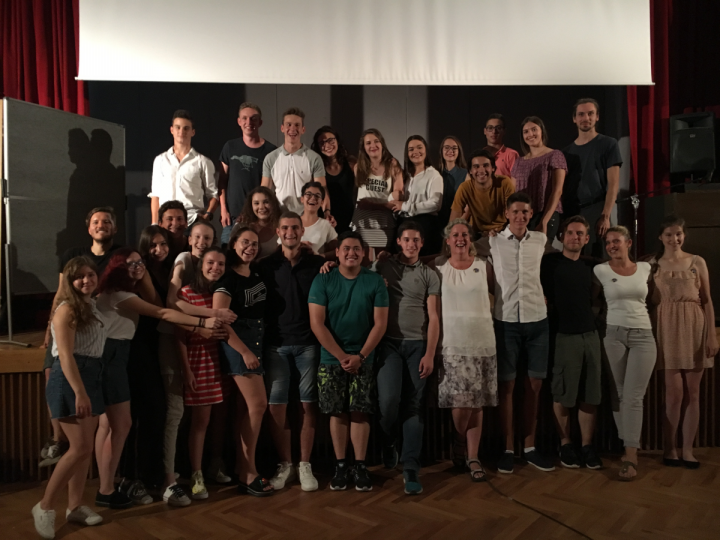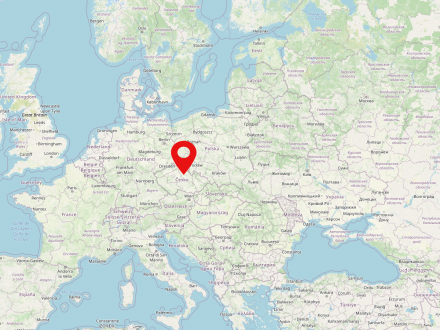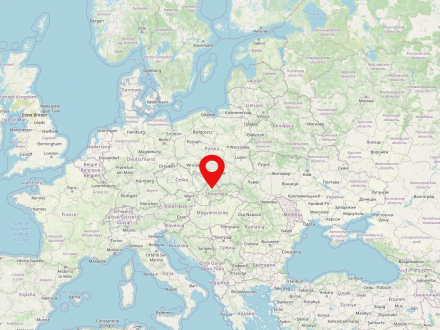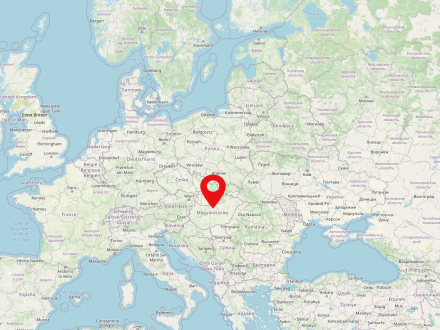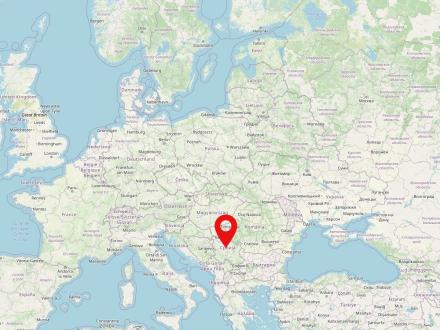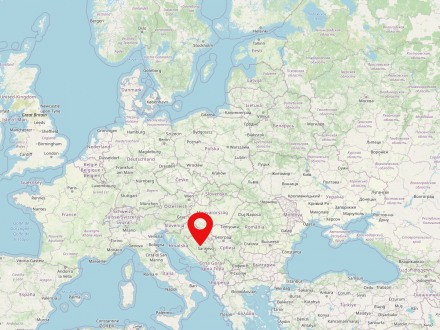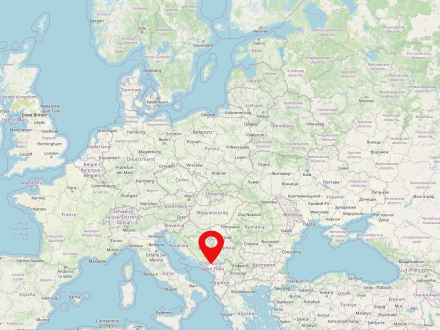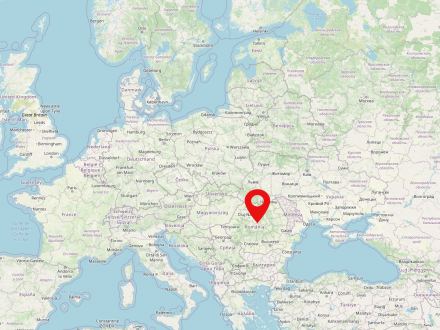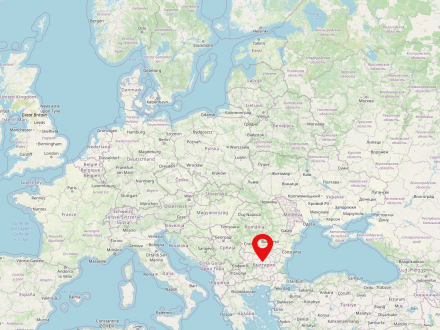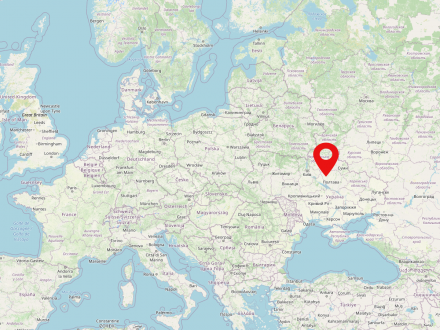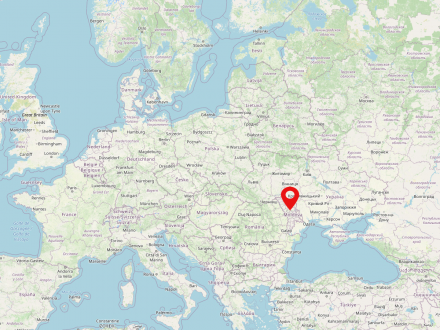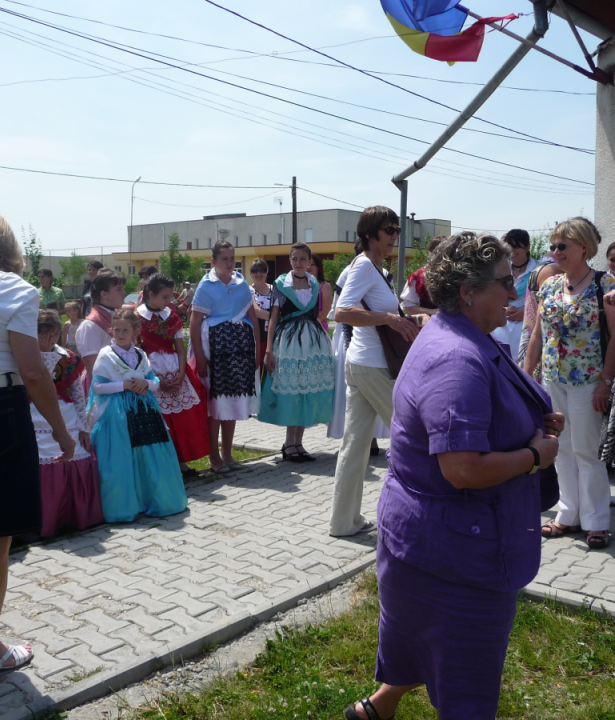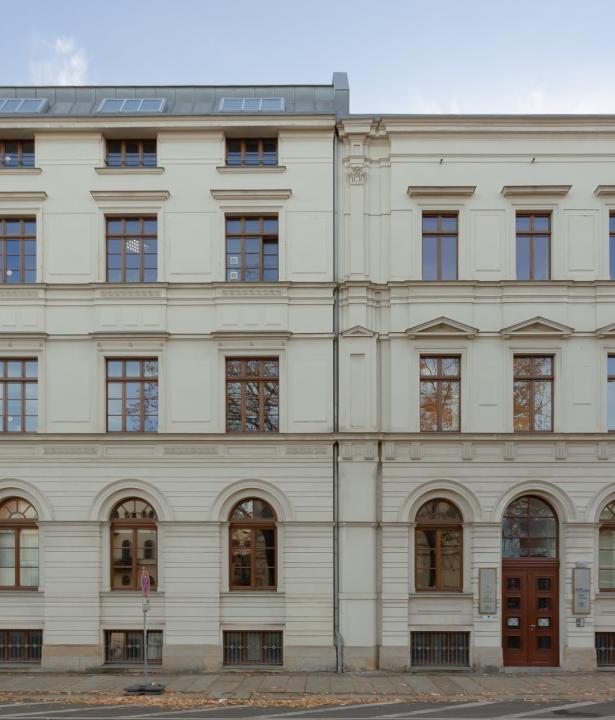The Czech Republic is a country in Central Europe with a population of about 10.5 million people. The capital and largest city of the country is Prague. In the Czech Republic lie the historical landscapes of Bohemia, Moravia and parts of Silesia. In 1918 the state of Czechoslovakia was formed, but the Czech Republic was not founded until 1993. The country has been a member of the EU since 01.05.2004.
Slovakia is a country in Central Europe, which is lived in by about 5.5 million people. The capital of the country is Bratislava (Pressburg). Slovakia has been independent since 1993. Before that it was part of Czechoslovakia for several decades.
Hungary is a country in Central Europe, whose capital is Budapest. The country is home to about 10 million people and was part of the so-called Habsburg Empire for several centuries. Hungary has been a member of the European Union since 01.05.2004. The Danube is the largest river in the country.
Croatia (Croatian: Hrvatska) is a country in Central and Southeastern Europe with approximately 4 million inhabitants. The capital and major city of the country is Zagreb. Croatia borders the Adriatic Sea and the countries of Slovenia, Hungary, Bosnia and Herzegovina, Montenegro and Serbia. Most of Croatia is geographically included in the Balkan Peninsula. Croatia is predominantly Roman Catholic. The country has been independent since 1991.
Serbia (Serbian: Србија) is a country in southeastern or central Europe. The country is inhabited by 6.9 million people. Belgrade is the capital and largest city of Serbia. Serbia belongs to the so-called landlocked countries and is geographically classified as part of the Balkan Peninsula. The majority of the population are Orthodox Serbs.
Bosnia and Herzegovina is a federal state in South-Eastern Europe. The country is inhabited by 3.3 million people and is composed of the political entities Republika Srpska, the Federation of Bosnia and Herzegovina and the Brčko District. Bosnia and Herzegovina's capital is Sarajevo. The country is considered part of the Balkan Peninsula and borders the Adriatic Sea. Bosnians are the main population group, along with Serbs and Croats.
Montenegro is a republic in southeastern Europe on the Adriatic coast. The country is populated by nearly 622,000 people and has been independent since 2006. The capital of the country is Podgorica. Montenegro is geographically considered to be part of the Balkan Peninsula.
Romania is a country in southeastern Europe with a population of almost 20 million people. The capital of the country is Bucharest. The state is situated directly on the Black Sea, the Carpathian Mountains and borders Bulgaria, Serbia, Hungary, Ukraine and Moldova. Romania was established in 1859 from the merger of Moldova and Wallachia. Romania is home to Transylvania, the central region for the German minority there.
Bulgaria is a South-Eastern European country and is inhabited by about 7 million people. Sofia is the capital of the republic and the largest city in the country. Bulgaria is situated on the Black Sea in the eastern part of the Balkan Peninsula. The largest rivers in the country include the Danube and Maritsa.
Ukraine is a country in eastern Europe inhabited by about 42 million people. Kiev is the capital and also the greatest city of Ukraine. The country has been independent since 1991. The Dnieper River is the longest river in Ukraine.
Moldova, also known as the Republic of Moldova, is a landlocked country located in South-Eastern Europe. The country borders Ukraine and Romania. Moldova is home to nearly 3.5 million people, most of whom speak Romanian, Russian, and Ukrainian. The largest river in the country is the Prut.

